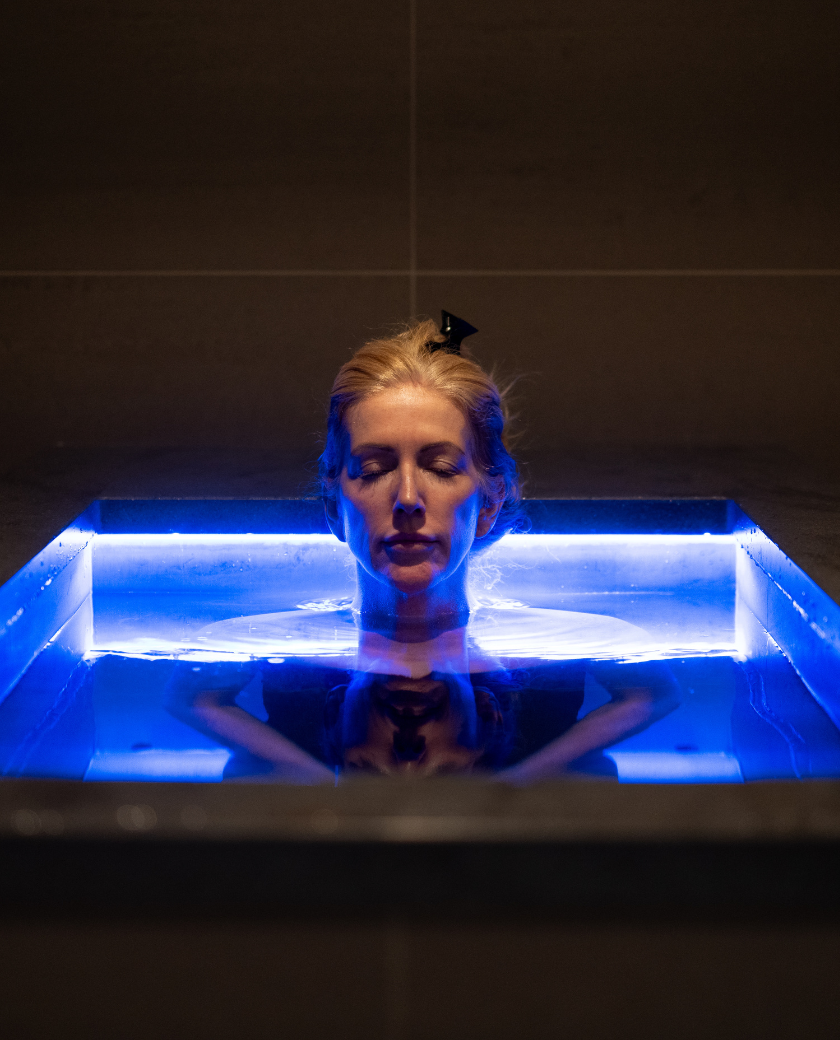The Mind-Body Connection in Fitness: Why More Gyms Are Embracing It

High-intensity workouts push the body to its limits, but what about the mind? Stress, anxiety, and burnout are common challenges for gym-goers, especially in today’s fast-paced world. This is why cold therapy, particularly ice baths, is gaining popularity in gyms worldwide—not just as a recovery tool, but as a powerful way to build mental resilience, discipline, and emotional control.
Cold exposure trains the brain to manage stress, regulate emotions, and develop a stronger mind-body connection. The result? Calmer, more focused, and more resilient members who see their fitness journey as more than just physical transformation.
In this blog, we’ll explore:
The psychological benefits of ice baths
How cold therapy is changing members’ lives
How gyms can safely introduce ice baths
Why cold therapy should be a core part of every wellness-focused gym
The Psychological Benefits of Ice Baths
Cold therapy is often associated with reducing muscle soreness and inflammation, but its impact on the brain and nervous system is just as powerful.
How Ice Baths Improve Mental Resilience
Strengthens Stress Tolerance
-
Cold exposure forces the brain to adapt to discomfort.
-
Teaches members to stay calm under pressure, improving resilience in daily life.
Activates the Parasympathetic Nervous System
-
Helps shift the body from fight-or-flight (stress) to rest-and-digest (calm).
-
Reduces anxiety, lowers cortisol, and enhances emotional wellness.
Boosts Mental Clarity & Focus
-
Cold exposure triggers the release of norepinephrine, which helps regulate mood.
-
Improves cognitive function, making members feel more alert and motivated.
Enhances Mood & Fights Depression
-
Increases dopamine levels by up to 250%, leading to a long-lasting mood boost.
-
Research suggests that regular cold plunges can help reduce symptoms of depression.
Improves Sleep & Recovery
-
Lowers nighttime cortisol, helping members sleep deeper and recover faster.
-
Encourages better relaxation and mental reset after intense workouts.
Develops Mental Toughness
-
Stepping into an ice bath forces members to push past their comfort zone.
-
Over time, this builds resilience, confidence, and the ability to manage discomfort.
Pro Tip: Ice baths aren’t just for athletes—they help anyone looking to build a stronger, calmer, and more focused mind.
How Gyms Can Introduce Cold Therapy Safely
Step 1: Educate & Onboard Members Properly
-
Explain the science behind cold therapy’s mental & physical benefits.
-
Offer demo videos or live workshops to introduce safe practices
-
Provide clear guidelines on session duration, breathwork, and post-immersion warm-ups.
Step 2: Ensure Proper Safety Protocols
-
Monitor First-Time Users – Provide clear guidance in person or via available materials next to the bath.
-
Limit Initial Exposure – 1-2 minutes for beginners is a great starting point
-
Encourage Breath Control – Teach members to breathe through the discomfort.
Step 3: Create a Seamless Member Experience
-
Offer Pre-Booked Sessions – Integrate ice bath access into class schedules.
-
Monetise Recovery Packages – Offer premium memberships with unlimited ice bath access.
-
Build a Community – Encourage group plunges to enhance social connection & accountability.
Pro Tip: Gyms that position cold therapy as an essential wellness tool (not just an add-on) see higher member adoption & engagement.
Making Recovery Accessible for Everyone
Cold therapy isn’t just for professional athletes—it’s for anyone looking to build mental resilience, improve stress management, and enhance recovery.
The gyms leading this movement understand that:
Mindset is just as important as muscle.
Recovery is a core part of sustainable fitness.
Cold exposure offers long-term benefits for mental well-being.
Head to our ice baths for sports fitness and recovery section for more articles.












